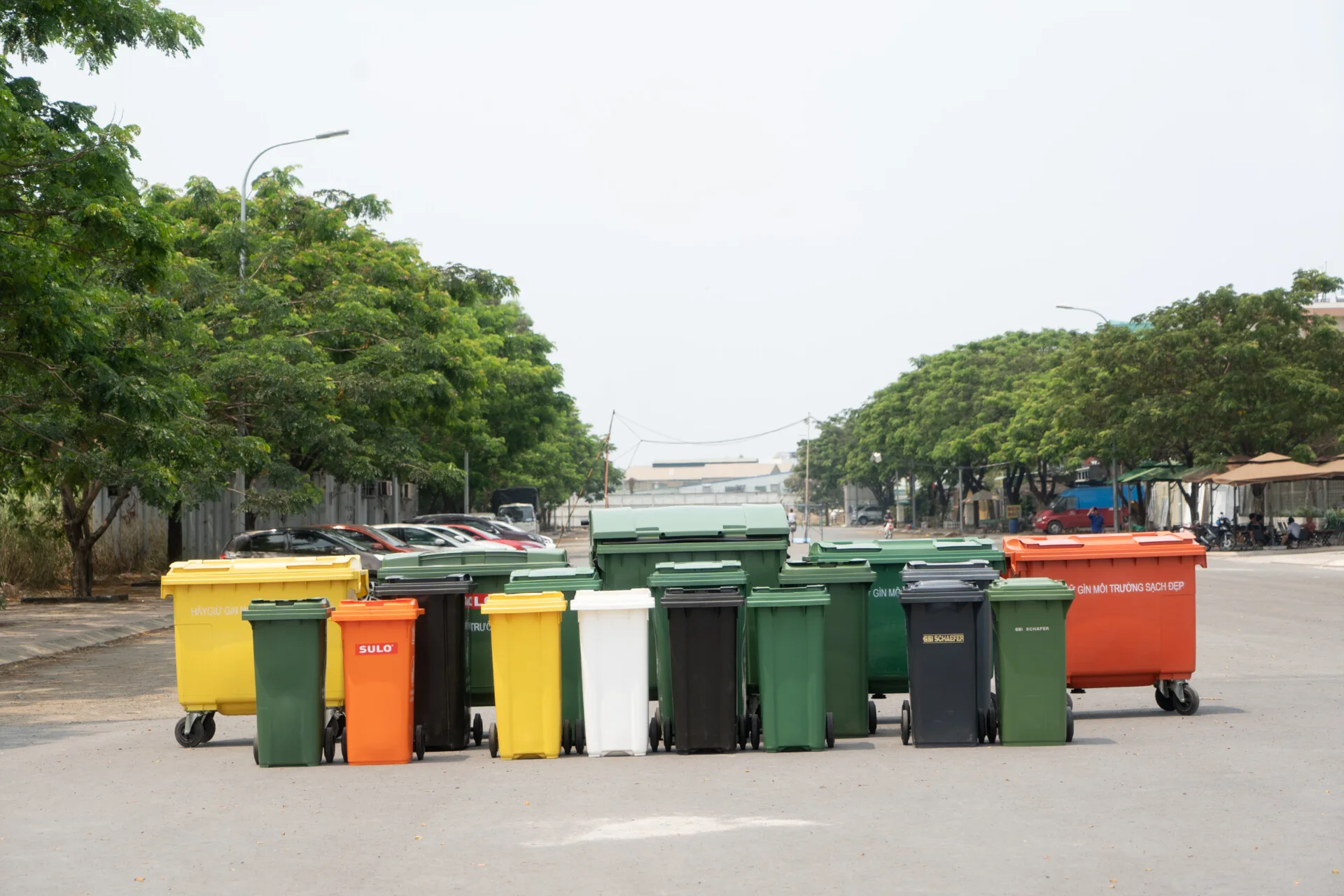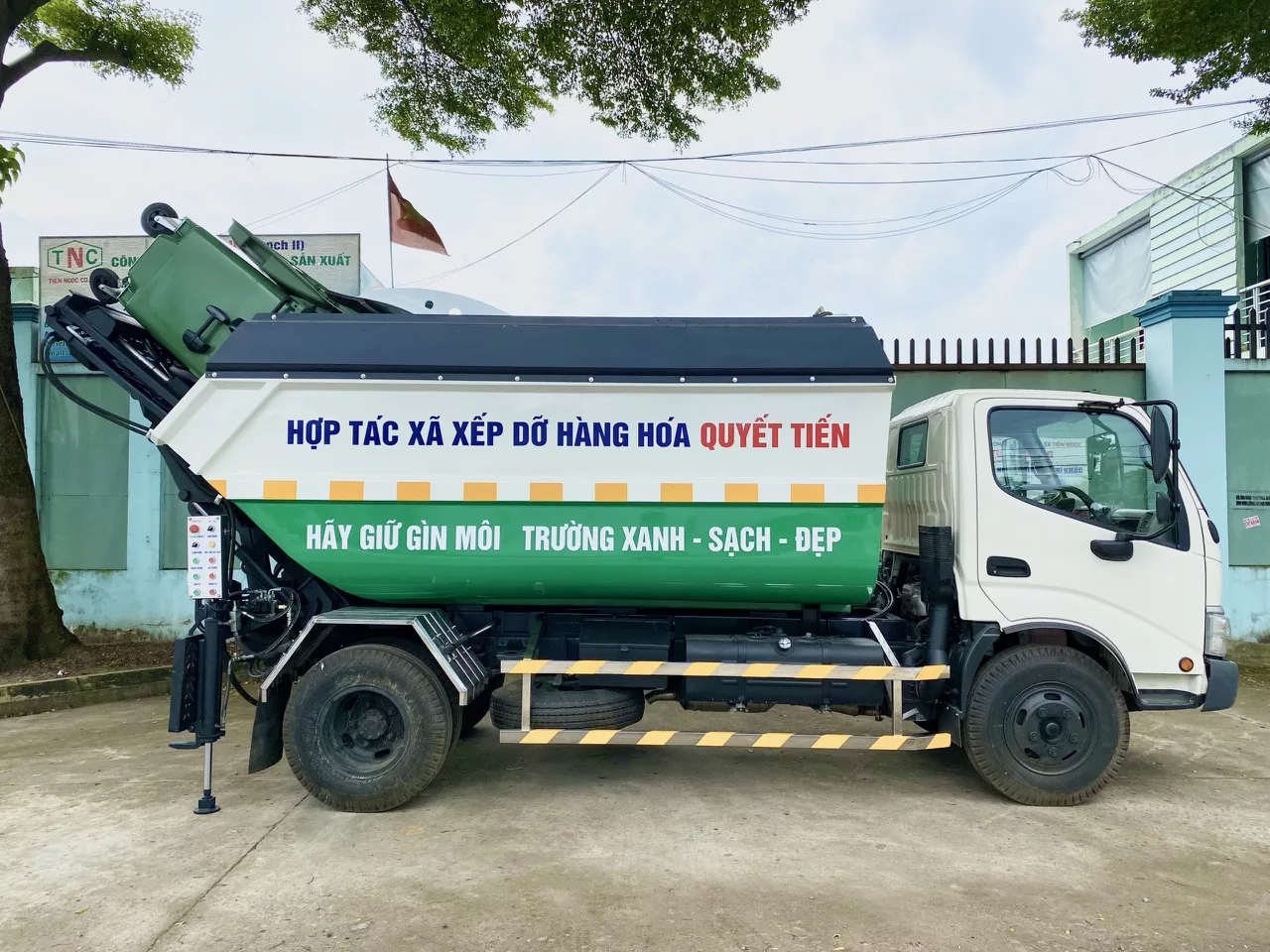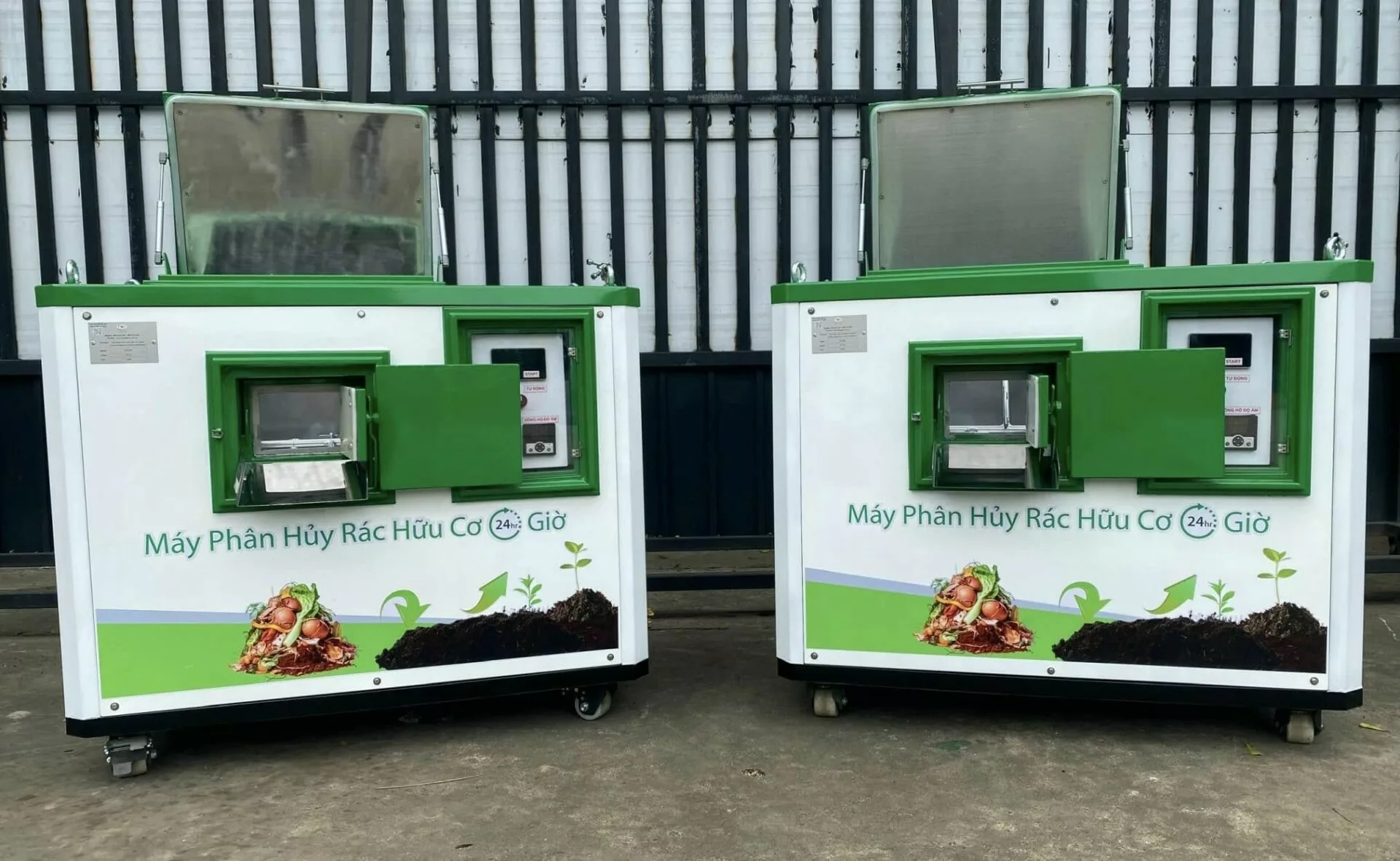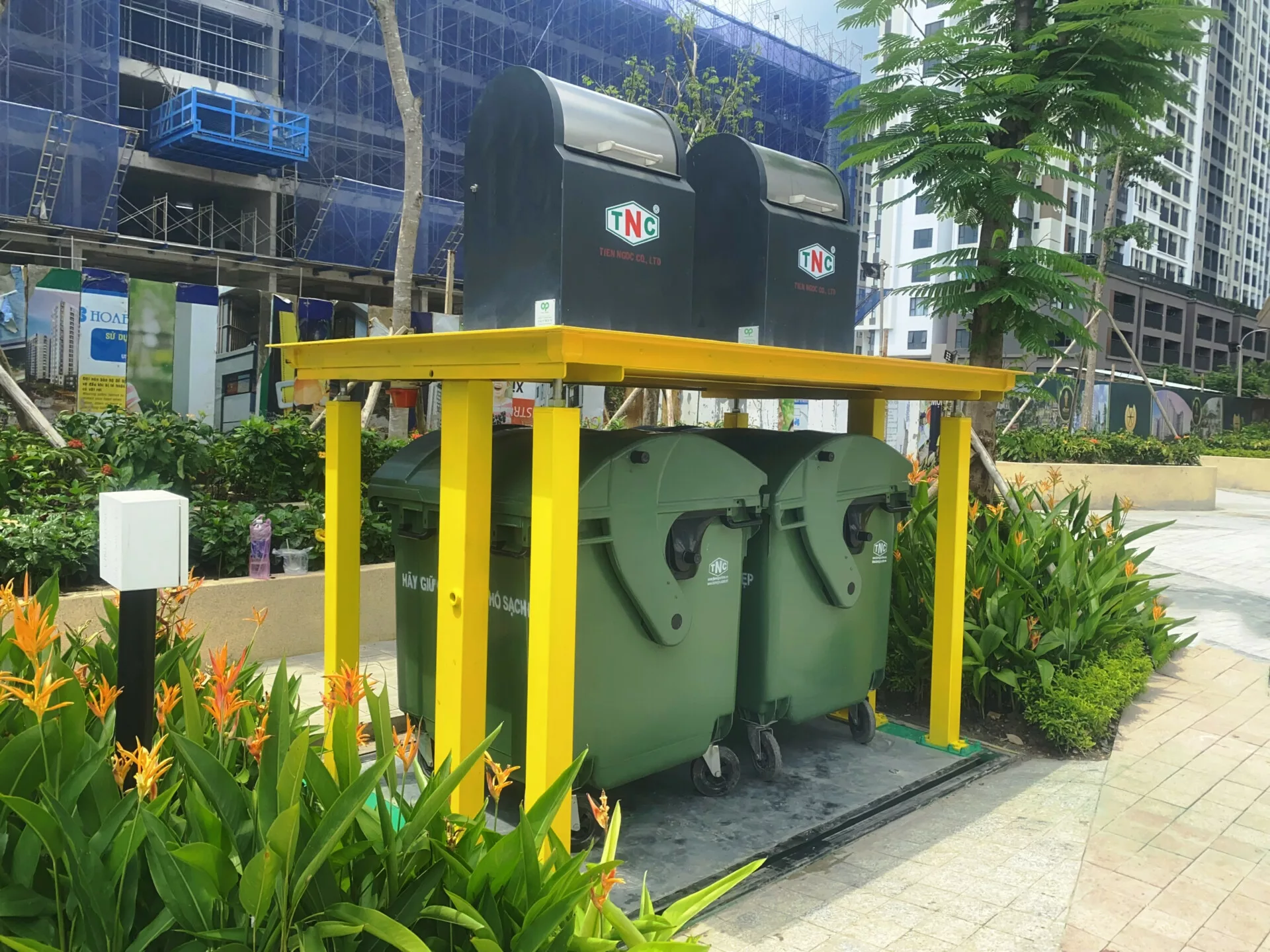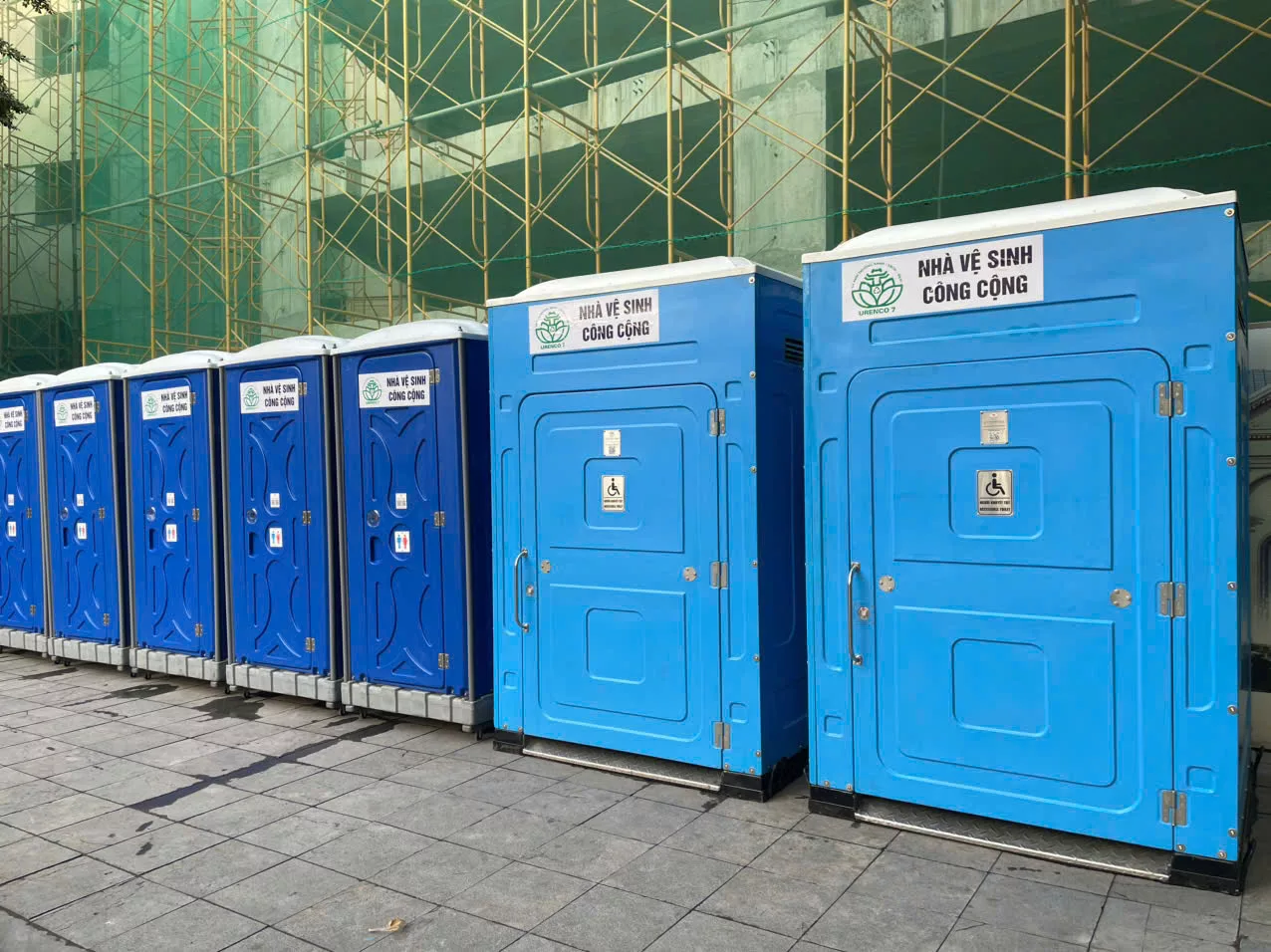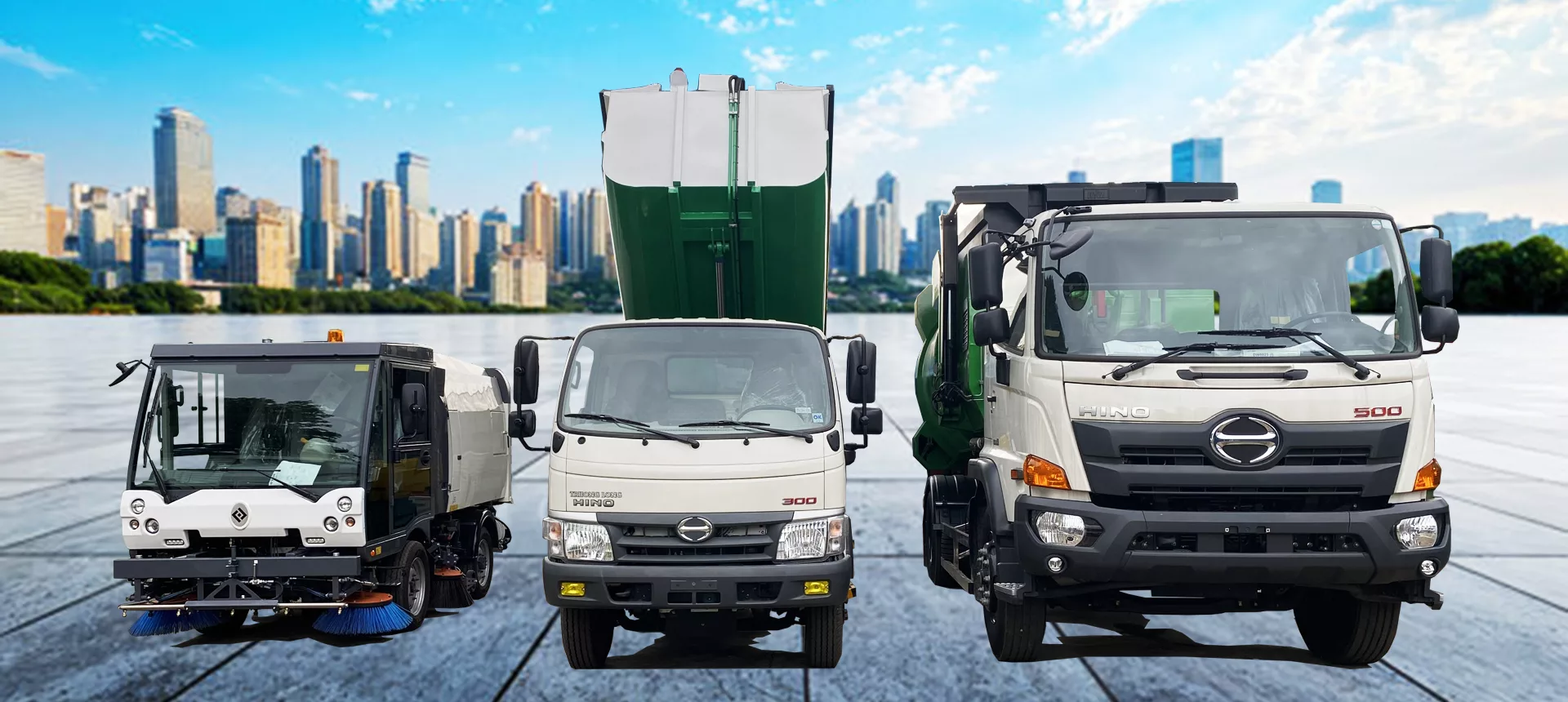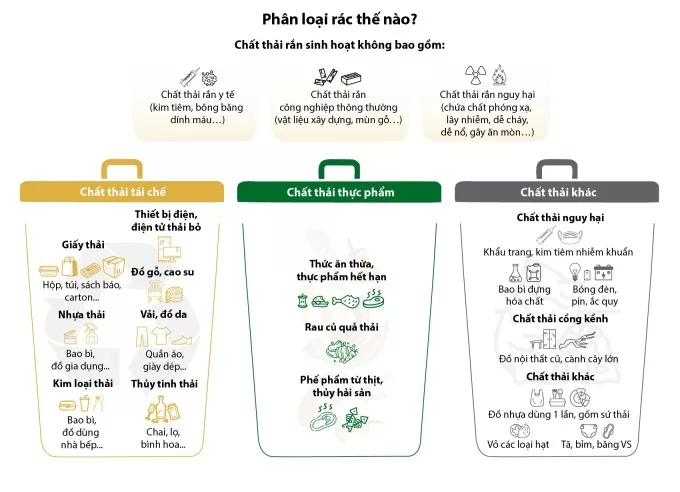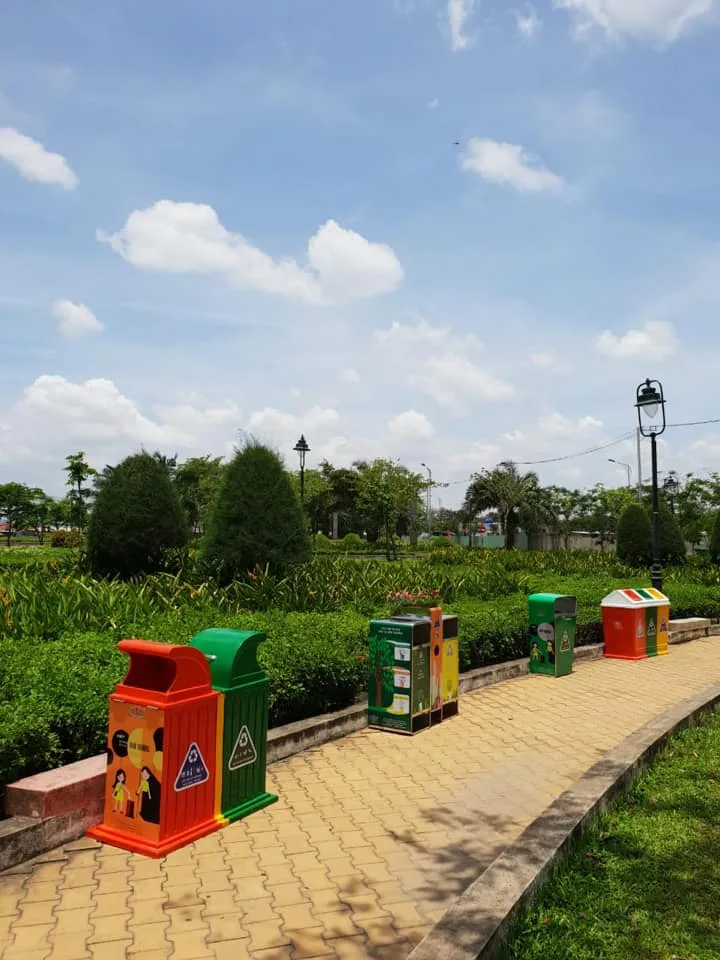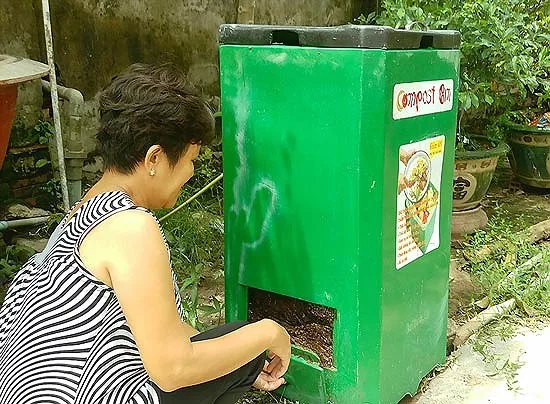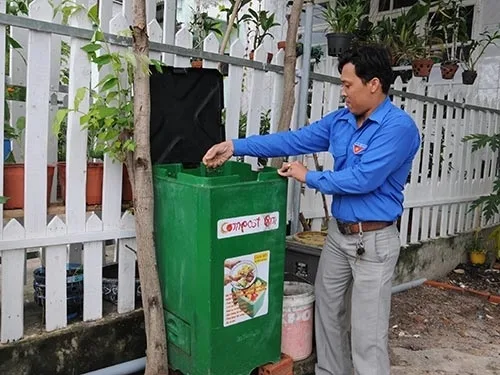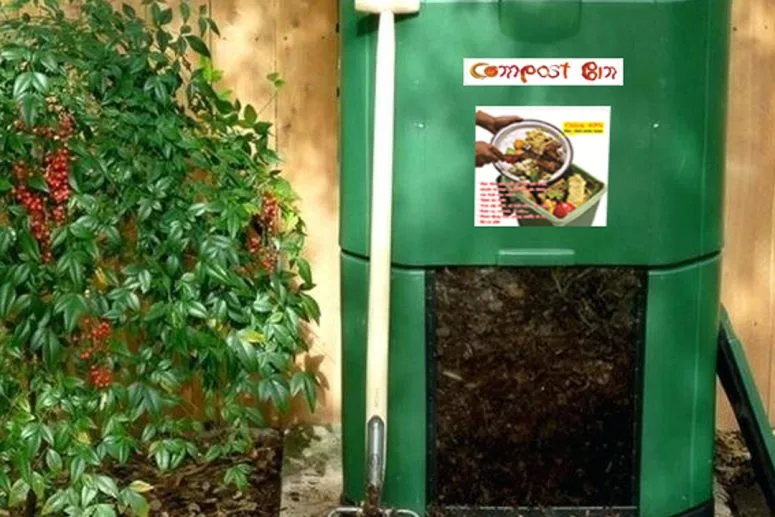According to the Law on Environmental Protection 2020, from January 1, 2025, localities must classify waste at source and invest heavily in recycling and reusing waste effectively. Thus, there are only 3 more quarters to prepare for this important task, but feedback from the reality in Ho Chi Minh City shows that all the work is still quite messy.
Confused with private garbage collection vehicles
Unlike many other localities in the country, Ho Chi Minh City has a large private garbage collection force. According to Ms. Nguyen Thi Thanh My, Deputy Director of the Department of Natural Resources and Environment of Ho Chi Minh City, the private garbage collection force plays an important role in collecting garbage and ensuring environmental sanitation for the city. Currently, this force is collecting up to 60% of the volume of domestic waste generated in the area. To improve the quality of collection activities, in recent times, the city has mobilized households and individuals to collect private garbage to form cooperatives (HTX), enterprises with legal status and convert rudimentary source collection vehicles such as three-wheeled vehicles, homemade trucks… with only 1 garbage compartment (not able to hold classified garbage) to collection vehicles that ensure environmental standards.
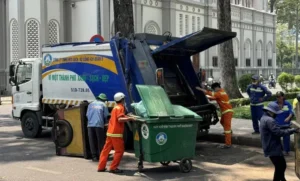
Ho Chi Minh City is promoting the conversion of garbage collection vehicles.
Statistics from the Department of Natural Resources and Environment of Ho Chi Minh City show that, up to now, Thu Duc City and 20/21 districts have completed the conversion of private waste collection forces into cooperatives or enterprises with legal status, while one district has not completed it, District 5 (only reaching 85.1%). Specifically, there are 2,520/2,553 private waste collection teams and lines mobilizing to join cooperatives or enterprises with legal status (reaching a rate of 98.7%), about 33 groups and lines of waste collection without legal status are operating in the city; 208 private waste collection companies are operating in the area; 35 cooperatives operating in the field of waste collection at source and 1 Dong Tam Environmental Cooperative Union.
The campaign to convert waste collection vehicles to meet standards has also achieved certain results. From 2021 to the present, Thu Duc City People’s Committee and districts have reviewed and converted 1,897 vehicles for collecting and transporting household waste. According to updated reports from localities, the total number of existing collection vehicles in the city is 6,414, of which 2,378 vehicles are still substandard, accounting for 37%, and 4,036 vehicles are qualified, accounting for 63%. The need to convert new collection and transport vehicles is 1,883 vehicles with a loan demand of about 228.89 billion VND.
According to actual records, every day from 8-9 am, environmental sanitation workers of Phan Le Company Limited drive a dilapidated motorbike with a trash can attached to alley 83, street 6, An Khanh ward, Thu Duc city to collect trash. According to records, the trash can has been upgraded, and no longer leaks leachate compared to 3 years ago, but still does not meet the requirements, the bin still has only one compartment,and no lid, when the collectors rake and collect scrap, the stench still comes out. Not only in Alley 83 but also in many small alleys in other districts, the situation of collection units still using rudimentary collection vehicles is still very common.
Explaining this issue, a representative of the Department of Natural Resources and Environment of Binh Tan District said that the city has not yet issued a plan to classify waste according to new criteria, so it has not assigned units to equip 2-compartment vehicles. A representative of the Department of Natural Resources and Environment of Binh Chanh District said that because there is no common vehicle design for garbage collection vehicles in small alleys, units do not know how to equip them. Ms. Nguyen Thi Thanh My added that the use of garbage collection vehicles with 1-compartment or 2-compartment bins depends on the purpose of use of the collection units. Units themselves calculate and arrange vehicles reasonably, suitable to the actual conditions in the areas.
Regarding the private garbage collectors, Mr. Pham Van Khanh, Director of the District 5 Environmental Cooperative, said that although the city is promoting propaganda as well as supporting policies for the conversion of garbage collection vehicles. However, this process is still facing many difficulties and challenges. The Environmental Protection Fund has a policy of supporting 70%-80% of loan capital, but to borrow this amount of money, the lending unit must require a mortgage, not a credit, and what can be used as collateral? Currently, the average income of garbage collectors is only about 5 million VND/month.
Recycling has its bright spots, but…
According to SGGP Newspaper’s investigation, currently, Ho Chi Minh City has two domestic waste recycling markets, including the informal market and the formal market. The informal recycling market is mainly small-scale facilities, specializing in recycling scrap such as paper, plastic, metal, and glass. Most of the recycling facilities are concentrated in Districts 5, 11, Binh Tan, Binh Chanh District… In general, these types of recycling facilities have outdated technology and often do not ensure environmental hygiene during the recycling process, affecting the health of workers and the surrounding community.
The official market is mainly licensed recycling enterprises operating according to regulations. Actual records at the household waste recycling plant of Vietstar Company (the plant is located in the Cu Chi Northwest Waste Treatment Area) show that the plant has invested in a processing line and the waste after being collected by trucks will be put into the warehouse, then pressed dry. All garbage trucks before and after entering and leaving the plant are sprayed with clean water. When processing, the waste is transferred to the line and automatically classified (metal to metal, plastic to plastic, food separately), then it will be transferred to other lines for cutting, mixing, grinding… All stages are closed by machines.
According to Mr. Ngo Nhu Hung Viet, General Director of Vietstar Joint Stock Company, Vietstar is receiving and processing about 2,000 tons of household waste per day. Vietstar’s compost fertilizer has been used on a large scale in the Central Highlands, the South, and the East… In addition, the company’s recycled organic fertilizer products are also exported to Thailand.
A representative of the Ho Chi Minh City Urban Environment Company Limited also said that the company is currently implementing a project to recycle non-hazardous medical plastic waste into reusable plastic granules. The recycling plant is located at the Go Cat waste treatment site in Binh Tan District, with a capacity of about 2 tons/day. Non-hazardous medical plastic waste is collected and transported to the Go Cat recycling plant.
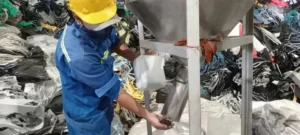
Plastic pellets are created from recycled plastic waste at Moc An Chau Foreign Trade Logistics Joint Stock Company.
Records at the waste treatment plant of Moc An Chau Foreign Trade Logistics Joint Stock Company (mAc – the factory located in Da Phuoc Waste Treatment Area, Binh Chanh District) also show that the company has invested in a fairly modern plastic recycling and lubricant recycling line. For plastic waste, after collection, it will be manually classified (separately soft plastic and hard plastic), then it will be put on the processing line and the finished product is plastic pellets. These pellets will be used to produce plastic bags for garbage. Mr. Truong Kien Dung, General Director of mAc, said that the company has invested in and built a recycling and industrial solid waste treatment plant with a capacity of 500 tons/day, phase 1 is 313 tons/day.
